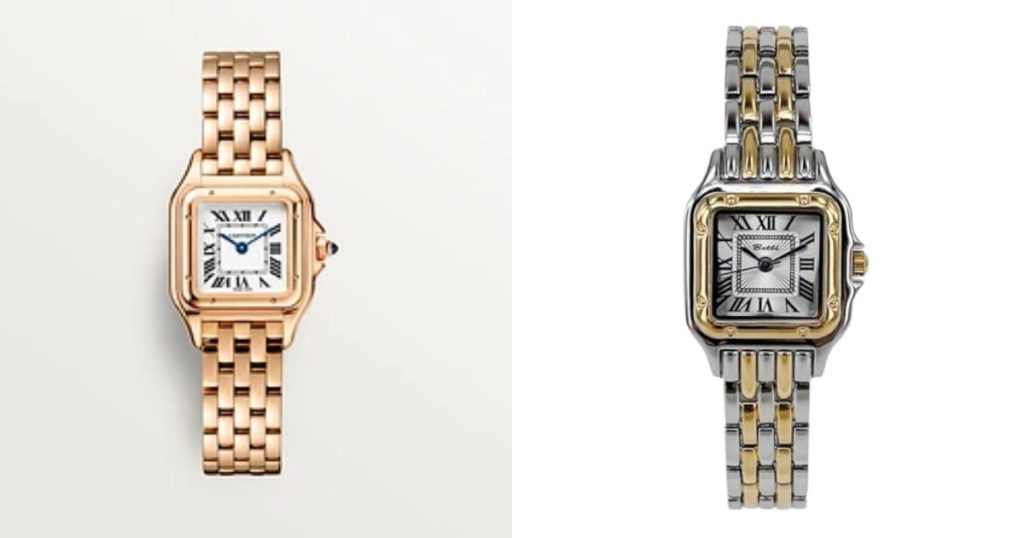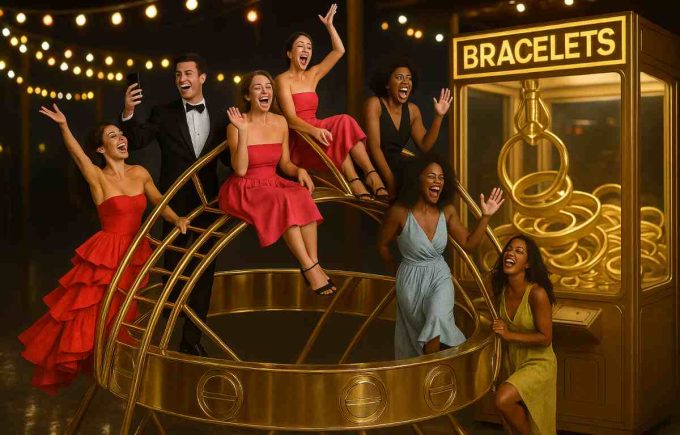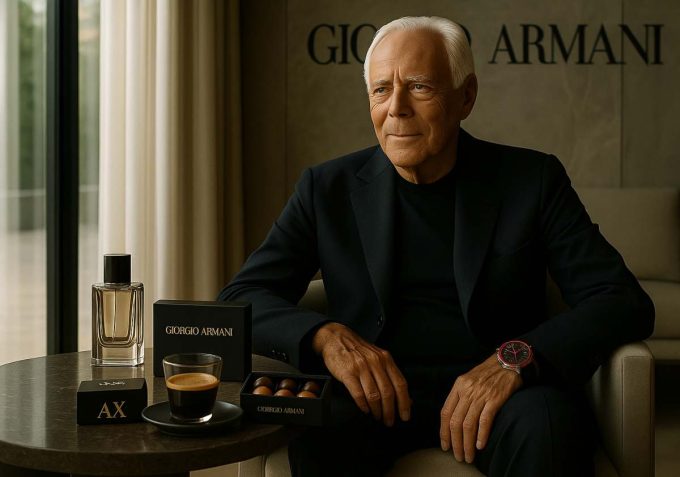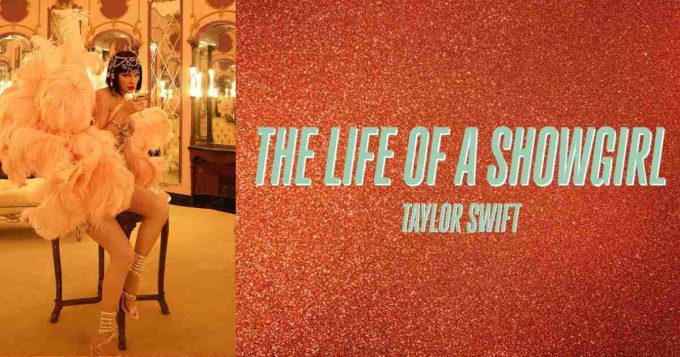Cartier: the name conjures images of deep, luxurious red velvet boxes and velvet ropes separating those who can afford it from those who cannot. A heritage brand, timeless, beautiful, and dripping in prestige. From the Love bracelet to the Juste un Clou (better known as the nail bracelet), from the Panthère de Cartier to the Baignoire watch, these are objects that have been a dream and aspiration to many. Pop culture royalty, the Kardashians, may have pushed them further into mainstream spotlight, but Cartier’s glittering empire long predates Instagram close-ups.
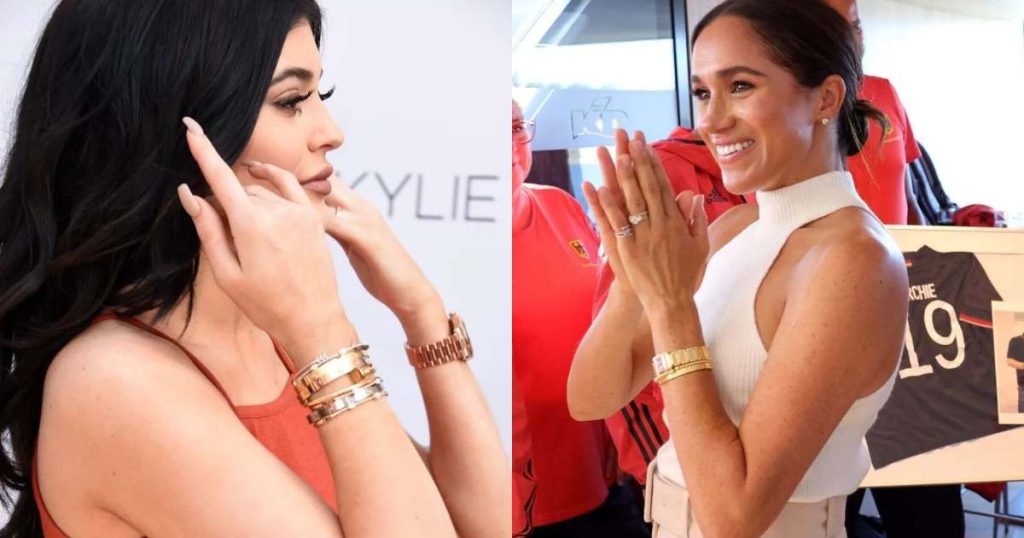
Crown Jewels to Clickbait: Cartier’s Social Media Era
Founded in 1847 in Paris by Louis-François Cartier, the maison quickly became the jeweller of kings, queens, and maharajas. By the early 20th century, Cartier was crafting tiaras for European courts and building a reputation as “the jeweller of kings and the king of jewellers.” For over a century, owning Cartier meant stepping into this closed world of luxury
But in the 21st century, Cartier found itself reborn in the digital world. The Love bracelet, originally designed in 1969, became a viral sensation on social media, from Kylie Jenner to Meghan Markle, everyone was locked into these bracelets. The Juste un Clou rode the wave of minimalist luxury aesthetics beloved by Gen Z and millennials. Cartier stopped being a secret handshake amongst aristocrats and became the signal for ‘I’ve made it.’
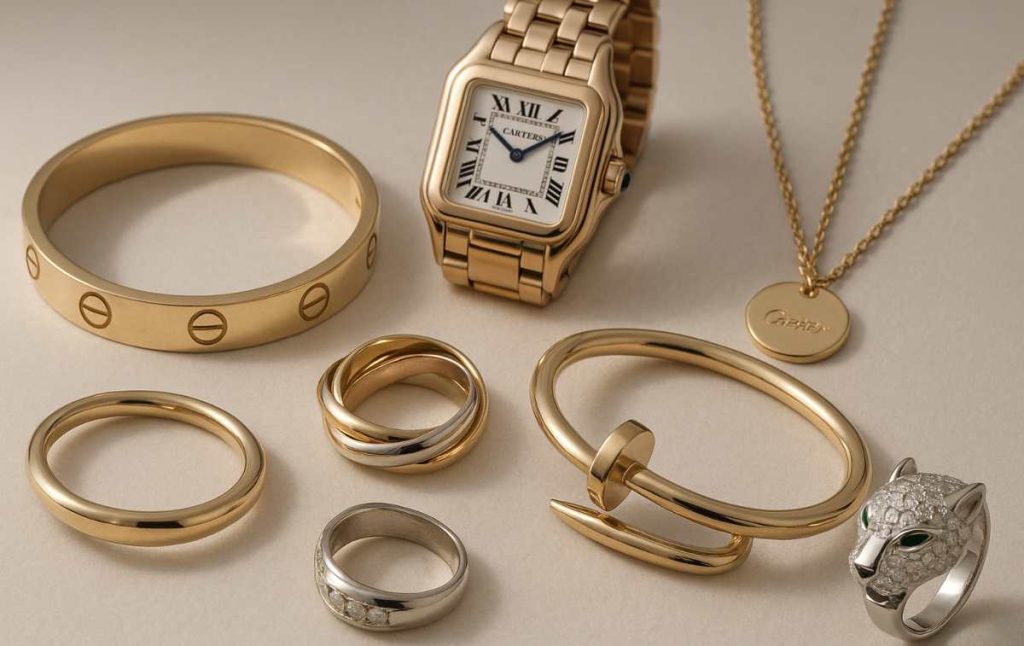
The Replica Problem
But! Everything Cartier makes, China remakes, for pennies. Literally, scroll through the right corner of the internet and there are Love rings and nail bracelets for the price of a Happy Meal. The replicas are uncanny: the same sheen, the same clasp, the same engraving. Instead of a £7,000 price tag, they are only $10. The only thing missing is the velvet box and the bragging rights.
In June 2025, U.S. Customs intercepted 2,193 counterfeit Cartier pieces, worth $25 million if they were the original thing. Richemont, Cartier’s parent company, is in legal battles against New York jewellers accused of selling “indistinguishable” replicas. And a recent report noted Cartier is being “overwhelmed by fakes” of its bestsellers, from Paris to Hong Kong.
Financial content creator Mrs. Dow Jones went viral on TikTok and Instagram, warning viewers not to buy Love bracelets because they have lost value.
“The fakes are so good that even Cartier can’t tell the difference, which means no resale value.”
Mrs. Dow Jones on Instagram
Cartier doesn’t officially confirm the claim, but it does make sense because the replicas are convincing enough to blur the line between authenticity and artificial.
Gold-Plated Lies: The High Price of Illusion
Cartier’s problem isn’t just counterfeits; it is the worth.
- A thick Cartier Love bracelet sells for about $9,430 at retail. Its actual gold content is roughly $2,184 for 32 grams.
- A thick Love ring retails for around $2,488, yet its gold value is closer to only $464.
- On the resale market, a Love bracelet typically goes for about $5,083, nearly half the retail price.
A new Cartier Love bracelet typically costs between $6,000 and $12,000. The classic yellow gold version is priced around $7,000 to $8,000. On the second-hand market, prices usually start from $4,000 to $6,000, depending on condition and whether the original packaging and certificate are included. Despite being made of solid gold.
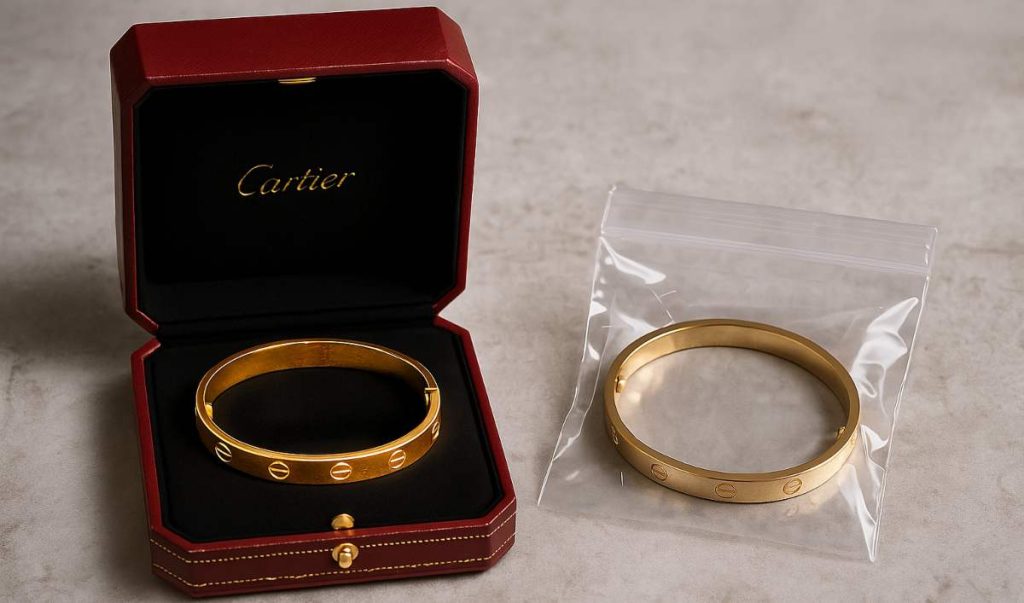
The bracelet depreciates once it leaves the boutique, since its value comes less from the raw material and more from Cartier’s branding and demand. This makes it more of a status purchase than a sound investment, as it rarely appreciates. Unless it is a rare, limited-edition or diamond-studded version that collectors actively seek.
Jewellery is supposed to be an investment, but Cartier does not quite deliver on that promise anymore. The price does not add up to just the gold weight or the intrinsic value or craftsmanship or the making. But the price is for the marketing, the logo, the name. And when fakes flood the market for $10 and no one can tell the difference between the two, the price does not justify.
The Circle of Scarcity
Luxury thrives on scarcity, but what happens when the idea of rarity collapses? Once upon a time, second-hand Cartier was the aspirational buyer’s entry point. Now, resale is undercut by super-fakes that even experts struggle to authenticate. The aura of exclusivity, once carefully guarded, is being democratised by knockoffs.
Cartier will always be Cartier. Its name is carved into history, from royal coronations to red carpets, from Parisian ateliers to Instagram feeds. But in 2025, when the replica on someone’s wrist looks indistinguishable from the real thing, the uncomfortable question lingers: is it timeless jewellery, or another expensive logo?
